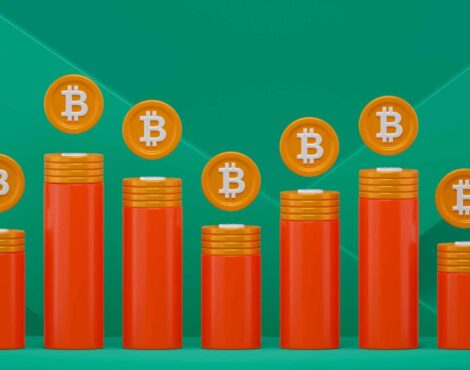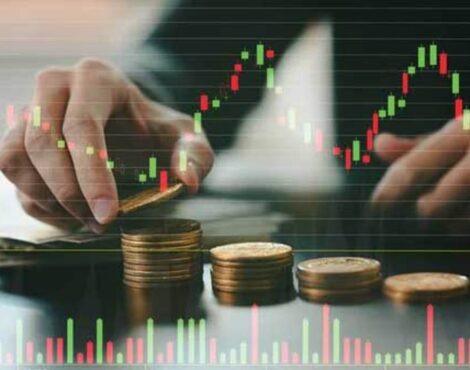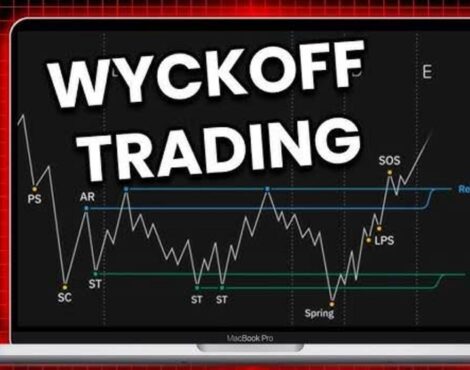In the fast-paced world of forex trading, utilizing machine learning can provide traders with a competitive edge in making informed decisions and maximizing profit potential. Machine learning algorithms are becoming increasingly popular in the financial markets due to their ability to analyze large amounts of data and identify patterns that human traders may overlook. In this article, we will explore how machine learning can be effectively used in forex trading, including breaking down the basics, implementing predictive models, and overcoming challenges.
Breaking Down the Basics of Machine Learning in Forex Trading
Machine learning is a subset of artificial intelligence that uses statistical techniques to give computer systems the ability to “learn” from data and improve over time without being explicitly programmed. In forex trading, machine learning algorithms can analyze historical price data, market trends, and other relevant factors to make predictions about future price movements. By training these algorithms with historical data, traders can develop predictive models that can help guide their trading decisions.
One of the key advantages of machine learning in forex trading is its ability to process large amounts of data quickly and efficiently. This can help traders identify patterns and trends that may not be readily apparent to human traders, enabling more informed and data-driven decision-making. By using machine learning algorithms, traders can potentially reduce emotional biases and make more objective trading decisions based on statistical analysis.
How Machine Learning Algorithms Can Boost Trading Success
Machine learning algorithms can boost trading success by providing traders with valuable insights and predictions about future price movements. These algorithms can analyze data from multiple sources, including market news, economic indicators, and social media sentiment, to identify potential trading opportunities. By leveraging machine learning in forex trading, traders can improve their accuracy in predicting market trends and make more profitable trades.
Implementing machine learning algorithms into a trading strategy can also help traders automate certain aspects of their trading process. By using algorithmic trading strategies, traders can set predefined rules and conditions for executing trades based on the output of machine learning models. This can help traders optimize their trading strategies, reduce manual errors, and take advantage of market opportunities in real-time.
Implementing Predictive Models for Profitable Forex Trades
To implement predictive models for profitable forex trades, traders can use machine learning algorithms such as regression analysis, decision trees, and neural networks to predict future price movements. By training these models with historical data, traders can develop algorithms that can forecast price trends with a high degree of accuracy. These predictive models can be used to inform trading decisions, set stop-loss orders, and optimize trading strategies for maximum profit potential.
In order to effectively implement predictive models in forex trading, traders should carefully select and train machine learning algorithms with relevant data. It is important to continuously test and refine these models to ensure their accuracy and reliability in real-world trading scenarios. By incorporating predictive models into their trading strategies, traders can increase their chances of making profitable trades and outperforming the market.
Overcoming Challenges of Machine Learning in Forex Markets
While machine learning can provide traders with valuable insights and predictions, there are several challenges that traders may face when implementing machine learning algorithms in forex trading. One challenge is the complexity of training and optimizing machine learning models, which requires a deep understanding of data science techniques and programming languages. Traders may also face challenges in handling large amounts of data and processing it efficiently to train machine learning algorithms.
Another challenge of using machine learning in forex trading is the risk of overfitting models to historical data. Traders must be cautious of creating models that are too complex and specific to historical patterns, as this can lead to poor performance in live trading environments. To overcome these challenges, traders should regularly test and validate their machine learning models with fresh data, adapt their models to changing market conditions, and continuously refine their predictive models for optimal performance.
Leveraging Data Analysis to Make Informed Trading Decisions
By leveraging data analysis techniques in forex trading, traders can gain valuable insights into market trends, price movements, and other factors that can influence their trading decisions. Data analysis can help traders identify correlations between different market variables, analyze historical price data, and generate actionable insights that can inform their trading strategies. By combining data analysis with machine learning algorithms, traders can make more informed trading decisions and improve their overall performance in the forex markets.

One common data analysis technique used in forex trading is technical analysis, which involves studying historical price charts and indicators to forecast future price movements. By using technical analysis tools such as moving averages, stochastic oscillators, and Fibonacci retracements, traders can identify trends, support and resistance levels, and other key price levels that can help guide their trading decisions. By leveraging data analysis techniques, traders can develop a deeper understanding of market dynamics and make more informed trading decisions.
Maximizing Profit Potential with Machine Learning Strategies
To maximize profit potential with machine learning strategies, traders can develop robust trading algorithms that are capable of analyzing large amounts of data and generating accurate predictions. By combining machine learning algorithms with risk management techniques, traders can optimize their trading strategies to minimize losses and maximize profits. Traders can also use machine learning algorithms to automate certain aspects of their trading process, such as trade execution and position sizing, to improve efficiency and profitability.
One way to maximize profit potential with machine learning strategies is to use ensemble methods, which involve combining multiple machine learning models to make more accurate predictions. By aggregating the predictions of different models, traders can reduce the risk of making poor trading decisions based on the output of a single model. Ensemble methods can help traders improve the accuracy and reliability of their predictive models, leading to more profitable trades and better overall performance in the forex markets.
Comparison Table: Machine Learning vs. Traditional Forex Trading
| Aspect | Machine Learning | Traditional Trading |
|---|---|---|
| Data Processing | Analyzes large amounts of data quickly and efficiently | Relies on manual analysis and interpretation of data |
| Predictive Capabilities | Can predict future price movements with high accuracy | Relies on human intuition and experience to forecast market trends |
| Automation | Can automate trading strategies and execution with algorithmic trading | Requires manual execution of trades and decision-making processes |
In conclusion, machine learning can be a powerful tool for traders looking to improve their performance in the forex markets. By leveraging machine learning algorithms, traders can gain valuable insights, predict market trends, and automate trading strategies for increased efficiency and profitability. While there are challenges to overcome, such as model complexity and overfitting, the benefits of using machine learning in forex trading can outweigh the risks. By combining data analysis techniques with machine learning algorithms, traders can make more informed trading decisions and maximize their profit potential in the dynamic world of forex trading.




Glad to know that machine learning can help process large data quickly. It’s a huge advantage.
The comparison between traditional and machine learning-based trading was very informative.
I find the concept of combining data analysis with machine learning very interesting.
Ensemble methods seem like a good way to make predictions more reliable.
Learning about the use of regression analysis and neural networks in trading was eye-opening!
“Predictive models” sound useful for setting stop-loss orders effectively.
The idea of using algorithms to reduce emotional bias in trading is quite appealing.
Interesting to see how machine learning can help in predicting forex trends. Seems promising!
I didn’t know machine learning could automate trading. That’s really efficient for traders!
‘Overfitting’ seems like a big challenge. How do traders deal with that?